Huawei FreeBuds Pro 2 review: Android's AirPods Pro rivals
Can a great listening experience and some very clever ANC give Huawei's wireless earbuds a win over Apple?

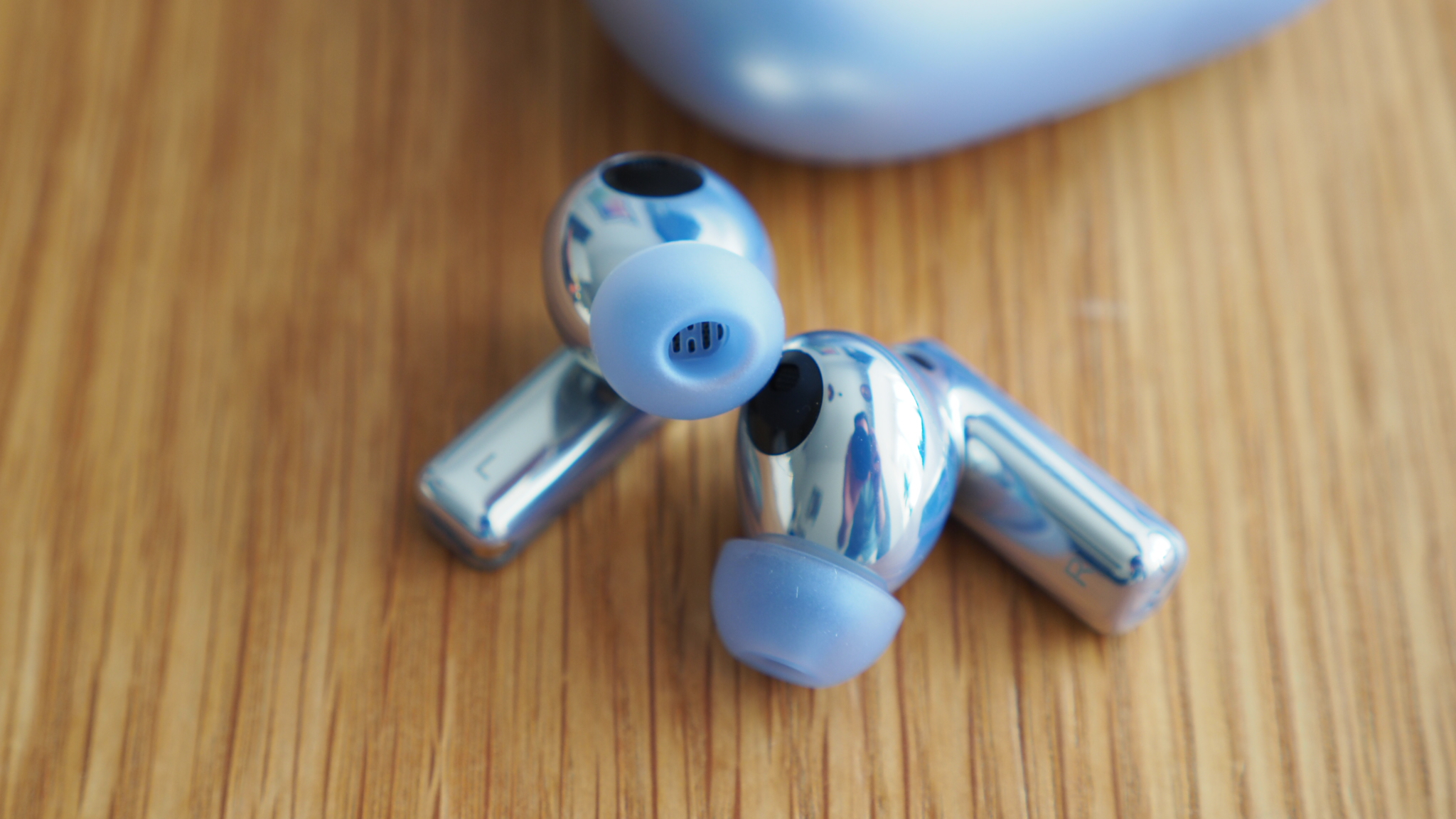
While Apple’s AirPods Pro wireless buds are a safe bet, Huawei's alternatives have more power and character. This is great for most types of music, but audiophiles might want a bit more when it comes to detail. With the FreeBuds Pro 2's powerful EQ control, however, you can tune the sound to your taste, and noise-cancelling is generally strong and more stable than Apple’s equivalent.
-
+
Impressive bass and treble
-
+
A lot of on-device controls
-
+
Improved fit
-
+
Impressive noise cancellation (ANC)
-
+
Google Assistant and Siri support
-
-
Misses out on mid-range detail
-
-
Immersion isn't best-in-class
-
-
Fit when exercising could be better
Why you can trust T3
Huawei's FreeBuds earbuds have been reliably good options at competitive prices since the FreeBuds 3 launched to take on Apple's second-gen AirPods in 2019. With impressive ANC at a reasonable price, across various styles that myself and the team at T3 have praised over the years, they've, for the most part, succeeded where many have failed. Now, Huawei updates its most premium earbuds line with the FreeBuds Pro 2, which I have on review here.
Updated with a better fit, a new dual-speaker design which features both a dynamic driver and planar diaphragm, as well as IP54-rated water resistance, the FreeBuds Pro 2 specs look competitive on paper. They also sport the same quality ANC we saw in the last-gen Pro model, only this time, using three microphones with smarter positioning.
In the flesh, Huawei's buds also stand out, with a combination of angles and curves, and a lot of on-device controls. Add an improved app experience which includes custom EQ settings, not to mention a preset created in partnership with Devialet to the mix, and it's hard not to be impressed.
Even the buds' battery life looks good. Sure, its quoted battery time is slightly down when compared to the originals at 30hrs with the case, and 6.5hrs on a single charge, but they still last longer than Apple’s AirPod Pros.
So do the FreeBuds Pro 2 buds deliver a must-have listening experience in the face of established favourites from Apple and Sony? Let me walk you through the highs, the mids and the lows...
Huawei FreeBuds Pro 2 review: Price and availability
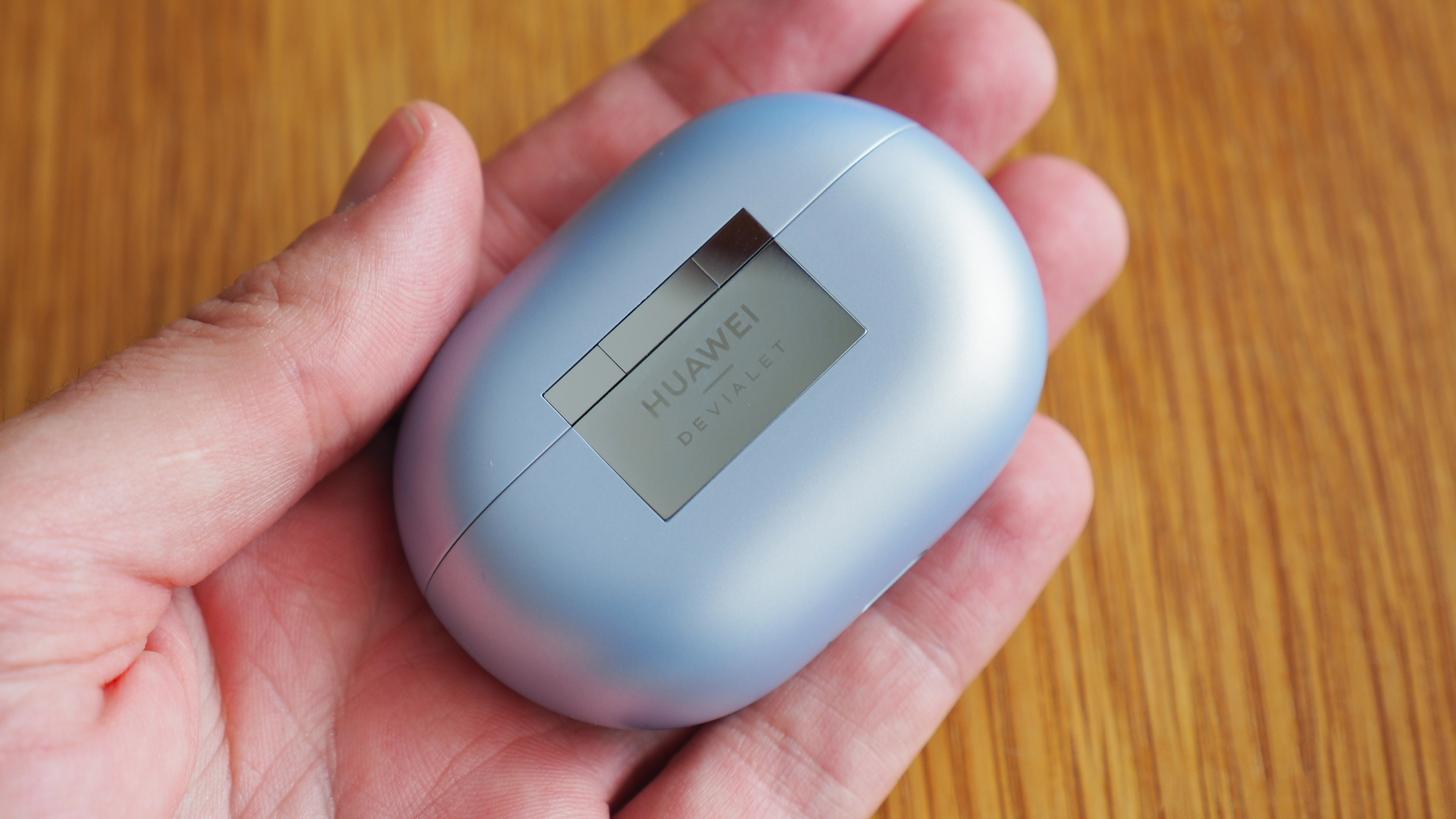
The Huawei FreeBuds Pro 2 cost £169, which is less than key competition from Apple, Bose and Sony. That said, there are a lot of well-specced, lower-cost wireless buds like the Nothing Ear 1, which comes in at £99, and Samsung Galaxy Buds 2 at £79 that, on paper, pack many of the same features.
Available from Huawei's online store right now, we're expecting the FreeBuds Pro 2's to be ranged by retailers including Amazon, Argos and Curry's – given the fact that's where we've been able to buy past FreeBuds.
Get all the latest news, reviews, deals and buying guides on gorgeous tech, home and active products from the T3 experts
Huawei FreeBuds Pro 2 review: Design and ergonomics
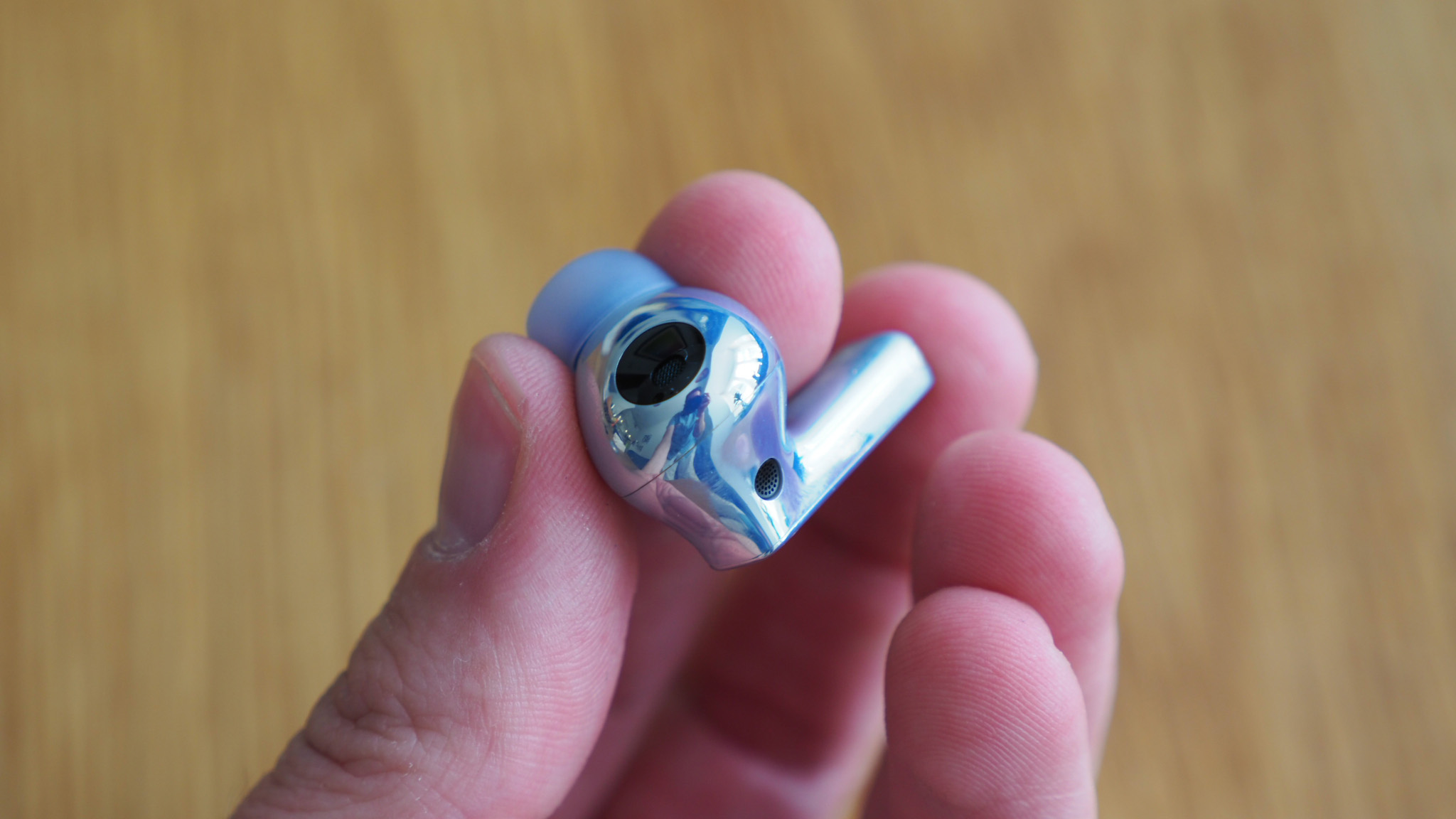
The FreeBuds Pro 2 have been shrunk down when compared with the originals. I find that the new, shorter stem makes the Pro 2 buds slightly more squat and potentially fiddly to control, though their reduced thickness does make them less chunky, and that's a good thing.
In fact, when it comes to fit, that’s one area where I feel the FreeBuds Pro 2 outperform the Sony WF-1000XM4, whose stem-free buds need more frequent readjusting. However, Apple’s more streamlined AirPods Pro have the best fit of any closed-fit buds I've tested.
Working out was the only time I really struggled with the FreeBuds Pro 2's fit – they needed to be adjusted frequently. That said, for standard day-to-day use, there weren't any issues, and there are three tip sizes included with the buds to help you find the most secure fit for you. The buds have wear detection which worked flawlessly in my week testing them, and you can bypass this feature in the app if you want.
Huawei's added IP56 splash resistance to the FreeBuds Pro 2, making them better able to handle workouts.
There’s a lot to be said for good on-device controls, and when I saw the FreeBuds Pro 2’s smaller stems, I was concerned there would be less to squeeze, and more fiddly interaction. That is the case to a degree, but I still found controlling them easy once I got used to the buds.
You can customise what single, double and triple-squeeze actions do, in addition to a long-press, while a swipe up and down the front of the stem will adjust the volume. That’s loads of on-device control, and once you get the hang of it, the FreeBuds Pro 2 are more intuitive than the touch controls of the Sony WF-1000XM4.
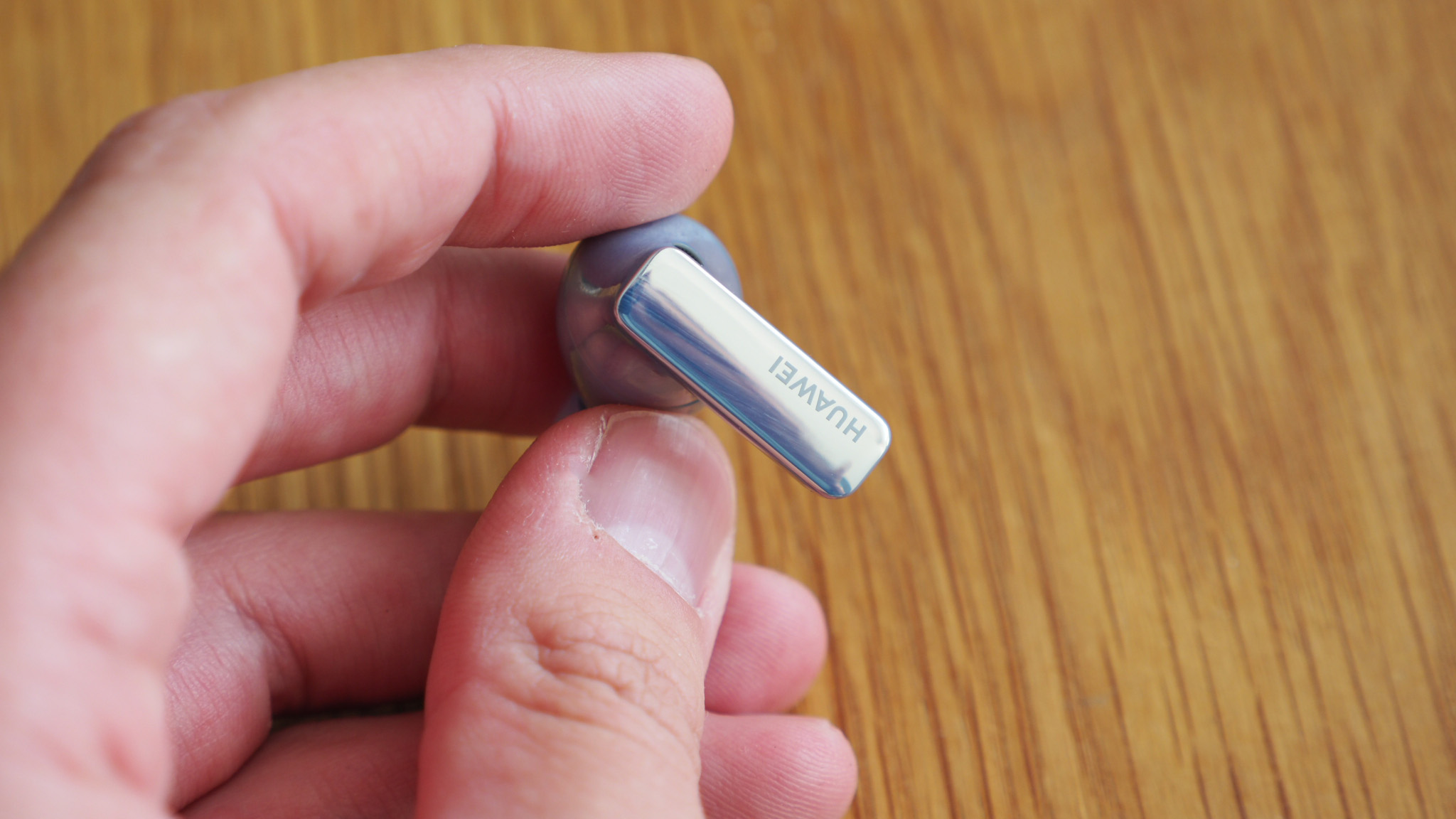
What's also great is that you can set your phone’s native voice assistant – be it Google Assistant or Apple’s Siri to be activated by a long-press of the stems. This improved ecosystem openness and iOS support in particular mark a real shift from Huawei, and we hope the brand's smartwatch line benefits from it too.
As for the FreeBuds Pro 2's colour, despite it being the most obvious choice, we'd opt for the Ceramic White buds – very Apple, I know. The Silver Blue option, as my pictures around this review show, look too shiny and plasticky. There's also a Silver Frost finish option too.
The pebble-like case has a USB-C port on the undercarriage that sits next to an LED light, which indicates how charged up the case’s battery is, and on the side is a wireless charging point and a pairing button.
Before taking the FreeBuds Pro 2 out of the box, you’ll see a second LED light shine between the buds. This indicates how charged up they are and also when you’re in pairing mode. It’s all very straightforward, as is pairing your buds – just long-press the button on the case.
Despite Huawei shrinking the FreeBuds Pro 2 case versus the original, at 55g, it’s still markedly heavier than the cases of the Sony WF-1000XM4 and AirPods Pro. While slimmer than the Sony case, the FreeBuds are more pronounced in a skinny pocket than Apple’s more battery-frugal, but nevertheless slender buds box.
Huawei FreeBuds Pro 2 review: Features and specification
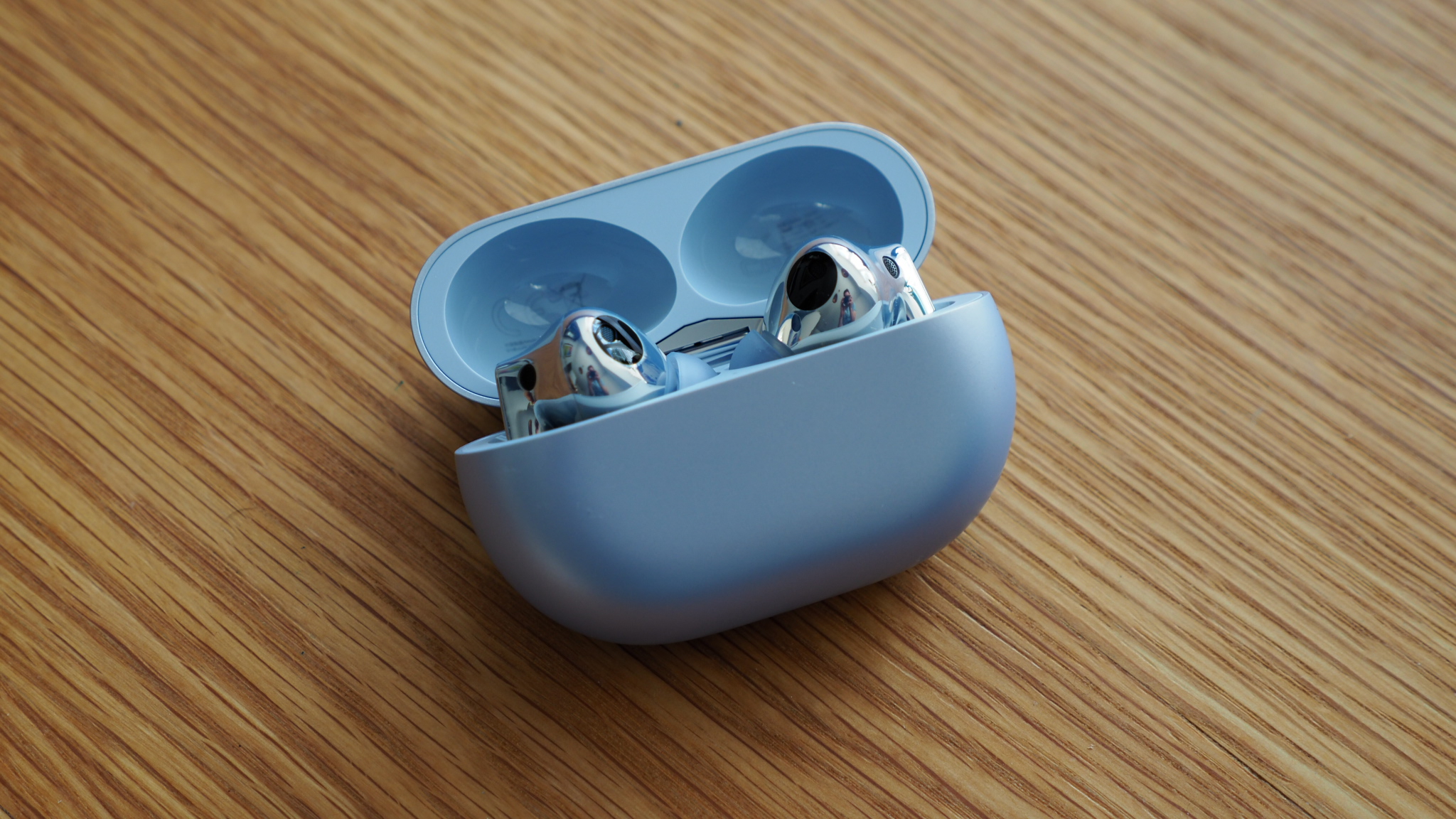
The tiny FreeBuds 2 are the first wireless buds to feature two drivers: a dynamic driver, associated with more responsive bass; and a planar magnetic driver, known to deliver lower distortion and superior trebles.
We’ve seen a few planar drivers in earbuds before at T3, but generally speaking these tend to live in large headphones, given the extra space they typically require and the high price associated with them.
Diving into the tech talk for a moment, Huawei’s quad-magnet 11mm dynamic driver promises punchier bass at frequencies as low as 14Hz. That's ultra-low, although chances are you won't notice as most productions roll off the bass below 20Hz to keep things sounding cleaner.
Like past generation FreeBuds, the FreeBuds Pro 2 read your ear shape and tune sound accordingly. That said, unlike past-gen FreeBuds, the latest Pros keep listening to how everything sounds in there, adjusting the EQ accordingly for a more consistent experience, even if the buds move around.
Audiophiles rejoice, the FreeBuds support Hi-Res audio when matched with a compatible audio source, as well as LDAC at up to 990kbit/s.
Huawei FreeBuds Pro 2 review: Performance
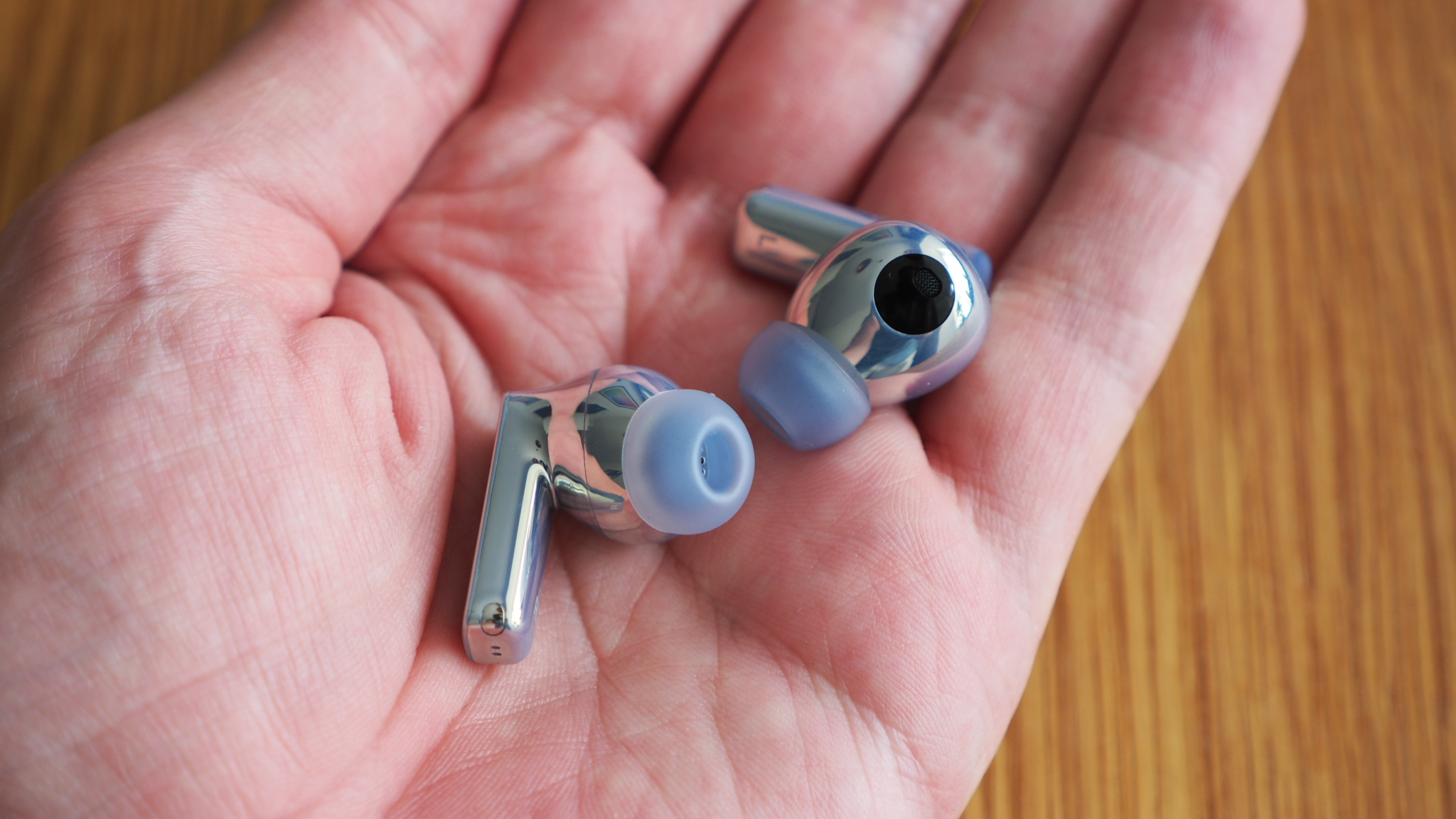
All these features and it’s clear – Huawei talks a big talk, but the real question is, how do these things sound? When I started using Huawei’s FreeBuds Pro 2, I was undeniably impressed.
Pop music is played back with a capable sound that's exciting – we preferred most pop on the FreeBuds than on Apple’s AirPods Pro. With warm, clear vocals and bass that carries well, these are some of the best buds for chart tunes.
Acoustic tracks are handled well by the FreeBuds, as they’re relatively simple with a well-treated vocal and an easy-to-identify instrumental. The non-acoustic versions of songs, however, aren’t handled quite as well as their simpler, string-focused counterparts. They show a bit more muddiness in the complex mid-range area, missing out on detail.
Rewinding the clock a bit, and older tracks, which are difficult to ‘upscale’, sound warm, yet a touch flat on the FreeBuds Pro 2's four preset EQ profiles. This is where the custom EQ settings really come into their own – you can give challenging music a boost through the app.
The FreeBuds Pro 2 don’t struggle with deeper vocals, which they flesh out really nicely. Elvis’s Can’t Help Falling in Love sounds expansive and inviting. This leaning towards producing healthy low tones carries forward to bass-heavy tracks too, while never ignoring confident treble.
Capturing all the complex notes full-bodied classical tracks pack proved too much for the FreeBuds, though, even with the custom EQ active. This is the earbuds' most notable shortfall versus the competition – complex instrumentals. While both Apple and Huawei’s flagship buds miss out on Sony’s expansive sound and Audio-Technica's warmth and detail, at least Apple’s more conservative sound profile doesn’t lose busy instrumental elements.
Huawei FreeBuds Pro 2 review: Noise-cancelling and call quality
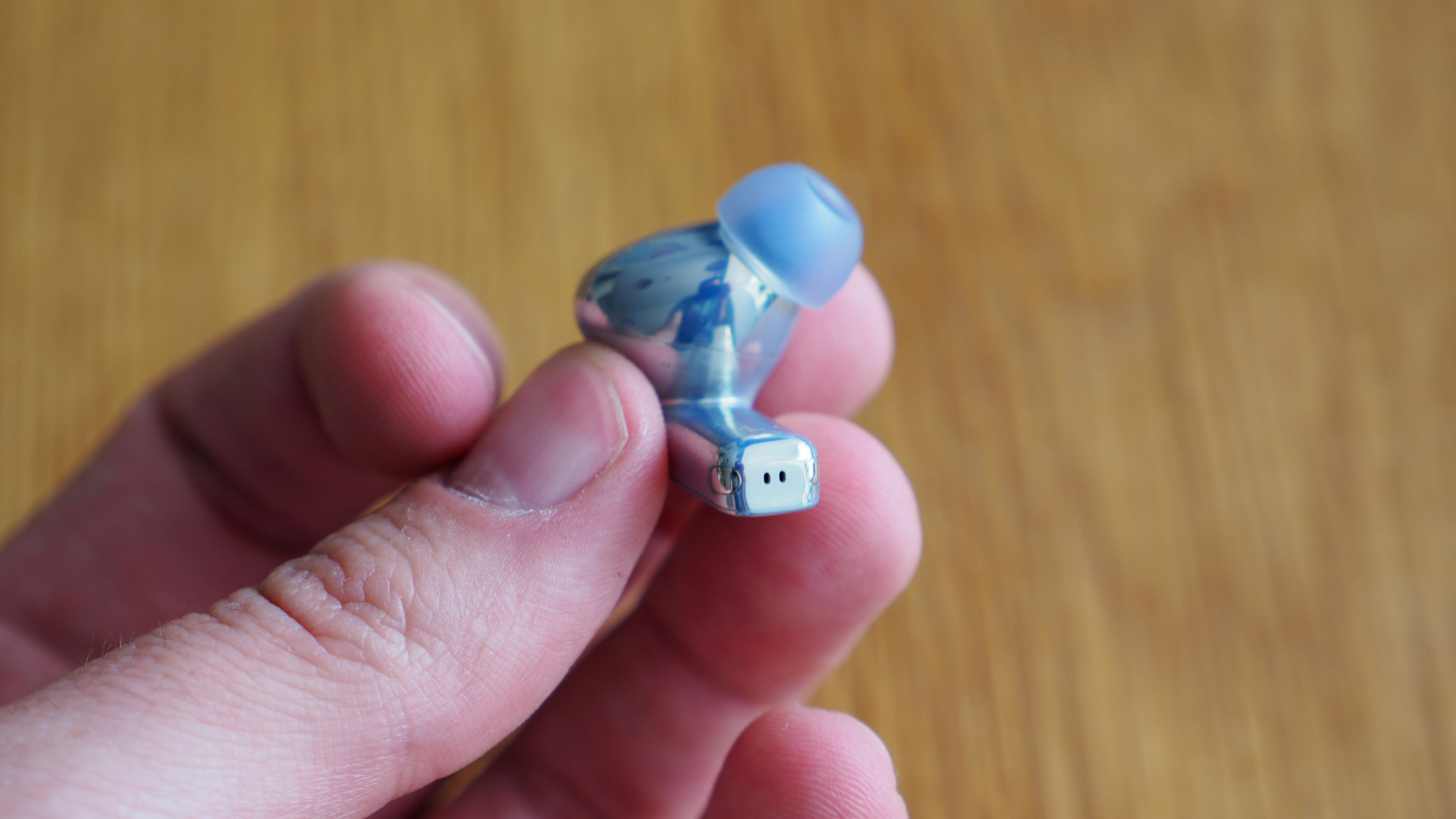
Huawei's FreeBuds Pro 2 don't pull any punches when compared to the best buds we've tested when it comes to noise cancelling.
As with Huawei's over-ear cans, the FreeBuds Studio, the FreeBuds Pro 2 offer three levels of noise cancelling Ultra, Cosy and Dynamic – dynamic automatically switching between Ultra or Cozy.
There's a fair amount of passive noise cancelling given these are in-ear buds, and noise-cancelling is also consistent.
Making calls on the FreeBuds Pro 2 was great, with Apple and Huawei's buds consistently outperforming stemless alternatives from Samsung and Sony. Noise cancellation blocks out background noise too, so anyone on the other end of the call should be able to hear you clearly.
Huawei FreeBuds Pro 2 review: Battery life and app

Battery life isn't best-in-class but is strong and in line with Huawei's claims. Wireless charging also adds a convenience factor when it comes to keeping your FreeBuds charged up.
When it comes to the AI Life app, across iOS and Android, Huawei's finally reached parity, with the custom EQ settings available for the first time across both operating systems. This makes the FreeBuds just as viable an AirPods alternative for iPhone users as Android users.
In the app there are a host of sound effects (EQ presets), and you can customise up to three additional EQs. This is also where you can activate high-quality playback, enabling LDAC audio codec which works in conjunction with services like Tidal for high-quality music playback.
The app is also where you can customise gestures, find your earphones if you think you’ve misplaced them, take a tip-fit test, access firmware updates, and enable/disable Smart Wear detection.
Huawei FreeBuds Pro 2 review: Verdict
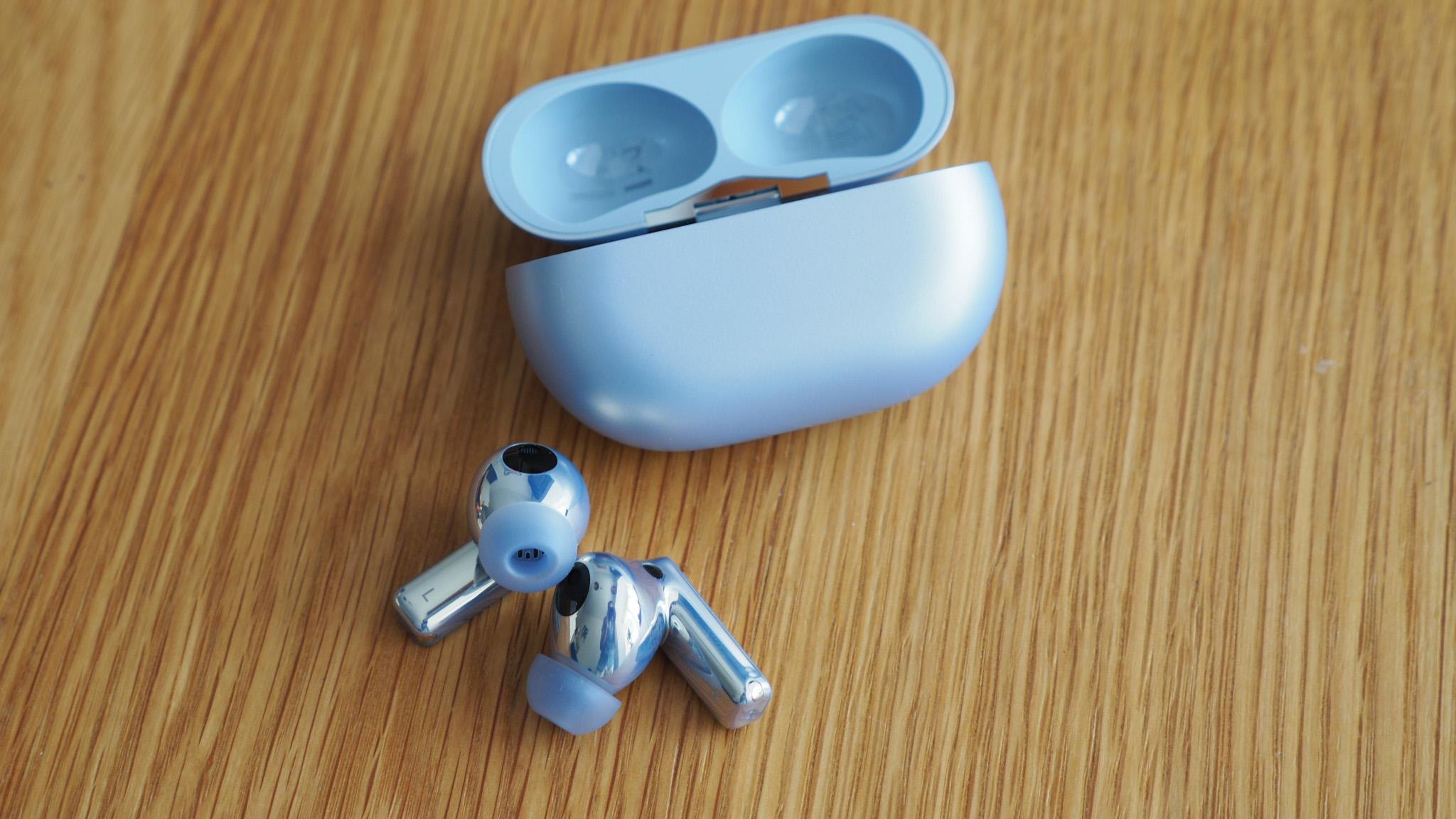
Whether you've got an Android or iOS phone, for the first time, Huawei's made a pair of buds that are easy to recommend, offering full functionality across both operating systems.
The originals FreeBuds earned Huawei a place in the premium true wireless earbuds space, and this latest offering brings the line up to date with the best buds in the price bracket.
I think fans of chart music across generations will enjoy the FreeBuds Pro 2 a lot. It’s easy enough to eke out a little extra from any song you’re playing with a powerful custom EQ feature and the default sound is inviting and dynamic across musical genres.
The FreeBuds Pro 2’s strong in-call quality, active noise cancellation and general performance, at this price, make them a good wireless charging buds option.
Also consider
There are plenty of options when it comes to the best wireless earbuds. But the FreeBuds Pro 2's main competitor, or at least its most obvious, is Apple's AirPods Pro. Yes, they're more expensive, but the less glossy design, tighter integration with iOS and superior in-ear fit all help them edge ahead of the FreeBuds for a certain type of user.

Mike is T3's Tech Editor. He's been writing about consumer technology for 15 years and his beat covers phones – of which he's seen hundreds of handsets over the years – laptops, gaming, TV & audio, and more. There's little consumer tech he's not had a hand at trying, and with extensive commissioning and editing experience, he knows the industry inside out. As the former Reviews Editor at Pocket-lint for 10 years where he furthered his knowledge and expertise, whilst writing about literally thousands of products, he's also provided work for publications such as Wired, The Guardian, Metro, and more.
